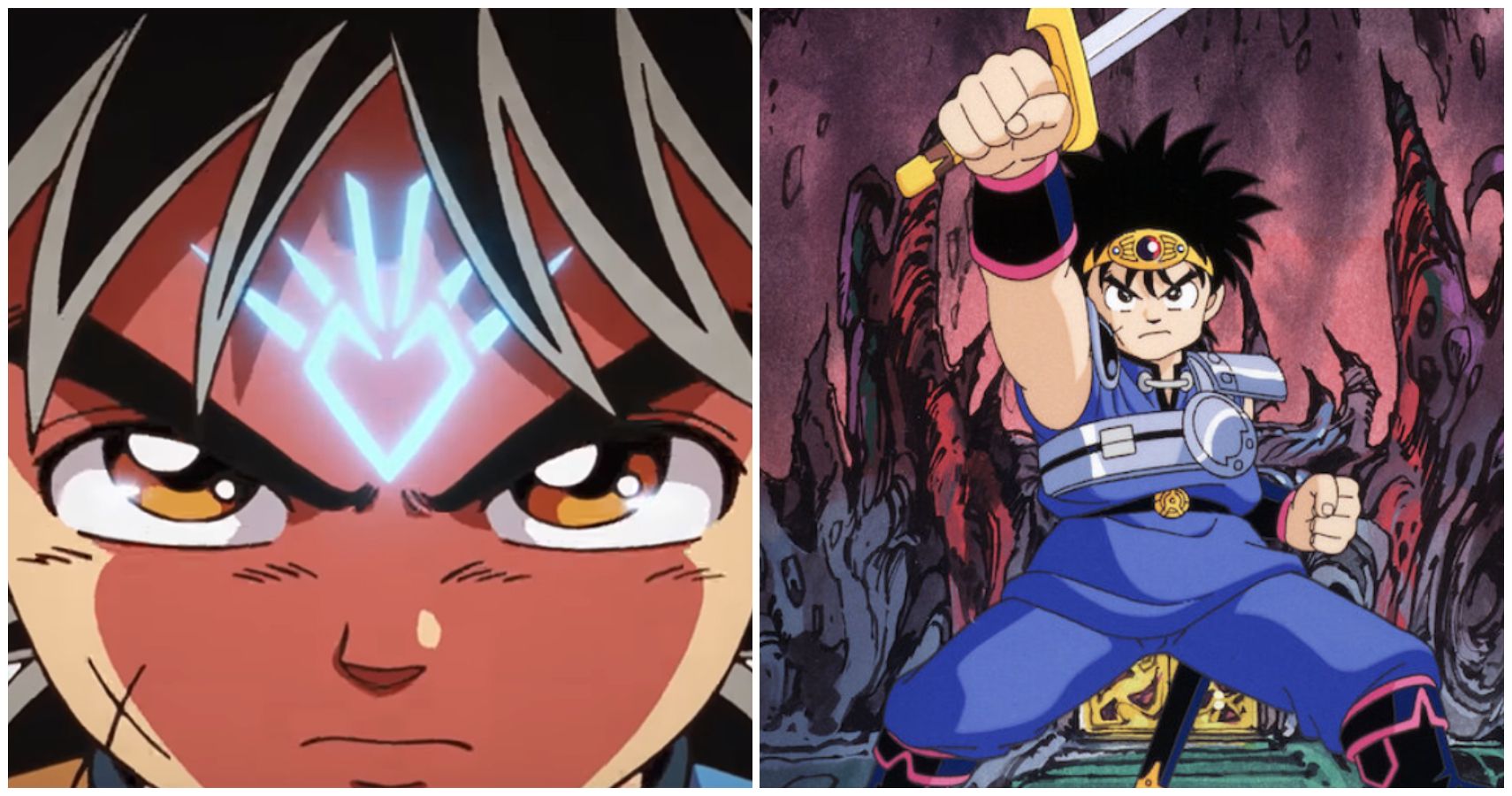
Dragon Quest: The Adventure Of Dai is a manga series that has appeared in multiple forms over the years. With its many versions expanding to cover many different forms of media.
The series revolves around a hero named Dai and his allies in a world where monsters exist and were previously controlled by the forces of evil. The interest in different aspects and versions of the series varies internationally from its native Japan. Even what sparked interest in the series for international fans might be surprising to some. Other points of interest include its origins, the overall franchise, and the different incarnations it has had.
10 It Started With The Video Games
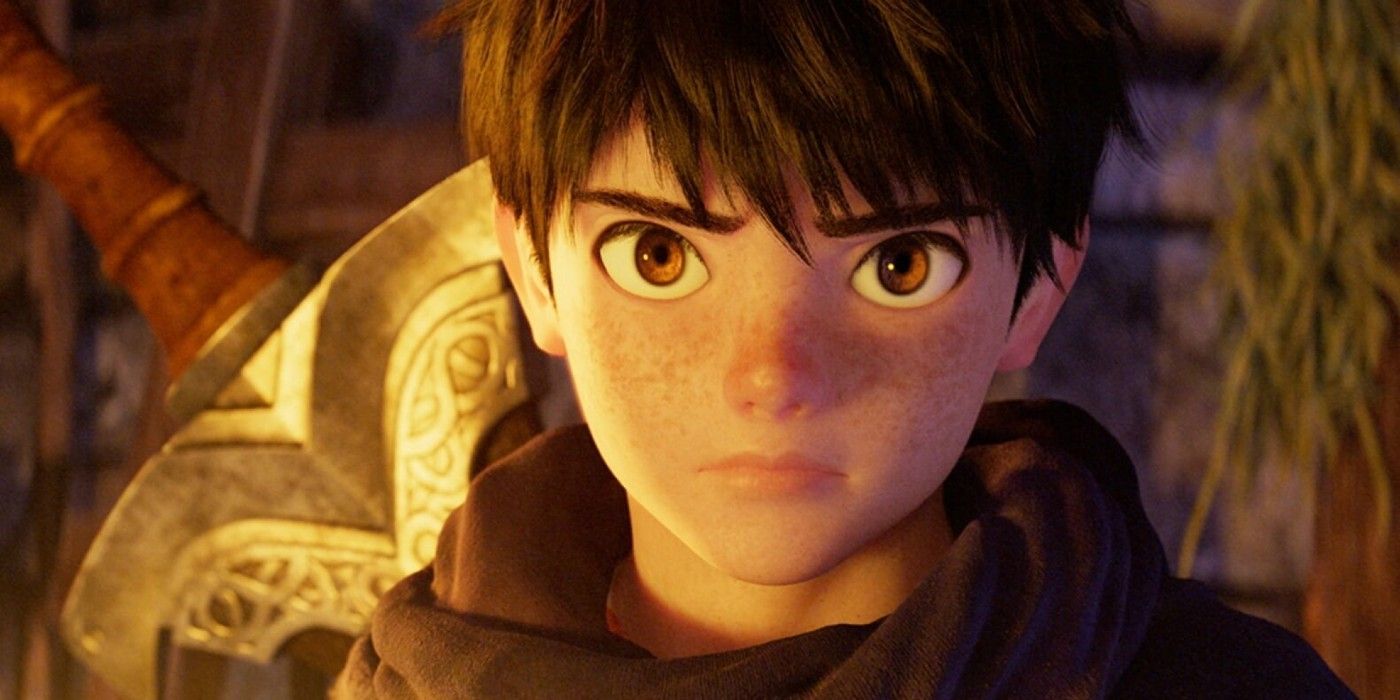
The original manga was based on a popular role-playing video game franchise Dragon Quest, which is also known as Dragon Warrior. The premise of most of the games is to play as a hero who will save their land with a party of companions. The main character of the Dai series, the titular Dai, is based on the hero of the Dragon Quest III game.
The games have also become well-known through its Slime mascot, which is known for resembling a tear-drop in its default form, although other variations exist. The Slime is known for serving as both an antagonist and a supporting non-player character in the games.
9 In Most Versions The Story Involves An Island Of Monsters
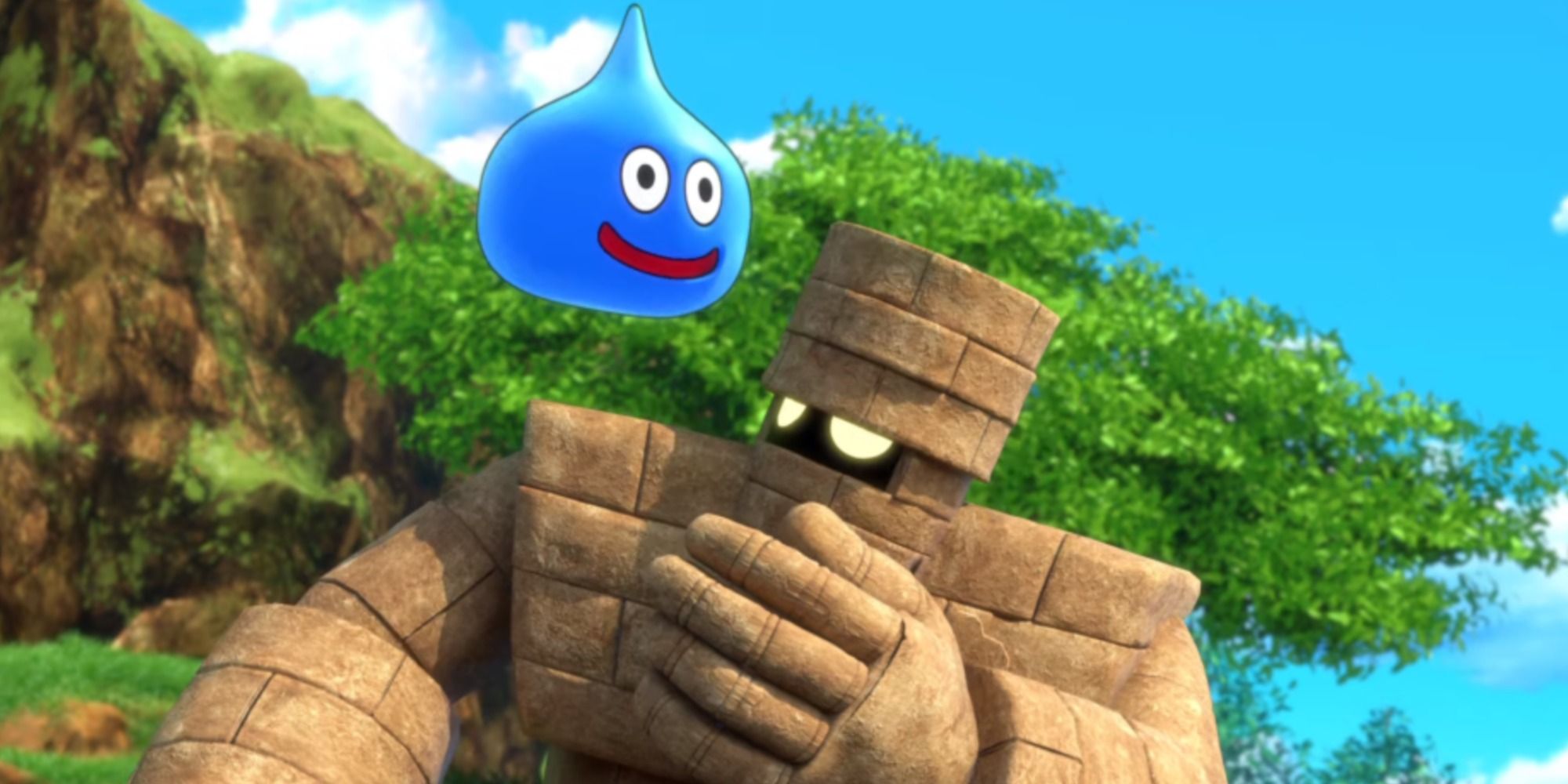
The story revolves around Dai, an orphan who lives on the island of Dermline, which is filled with peaceful monsters, who were once controlled by the Demon King Hadlar until he was defeated by a hero called Avan. Dai rescues a princess named Leona, causing her to arrange for Avan to become his teacher. Unfortunately, around this time, Hadlar appears to have returned, revived by the Great Demon King Vearn, causing Avan to sacrifice himself.
Around this time, Dai awakens great power within himself which appears to be able to drive off Hadlar. To honor Avan, Dai must venture forth with his companions, as well as making new ones, in order to restore peace to the world and stop the villains.
8 It Had Its First Anime In The '90s
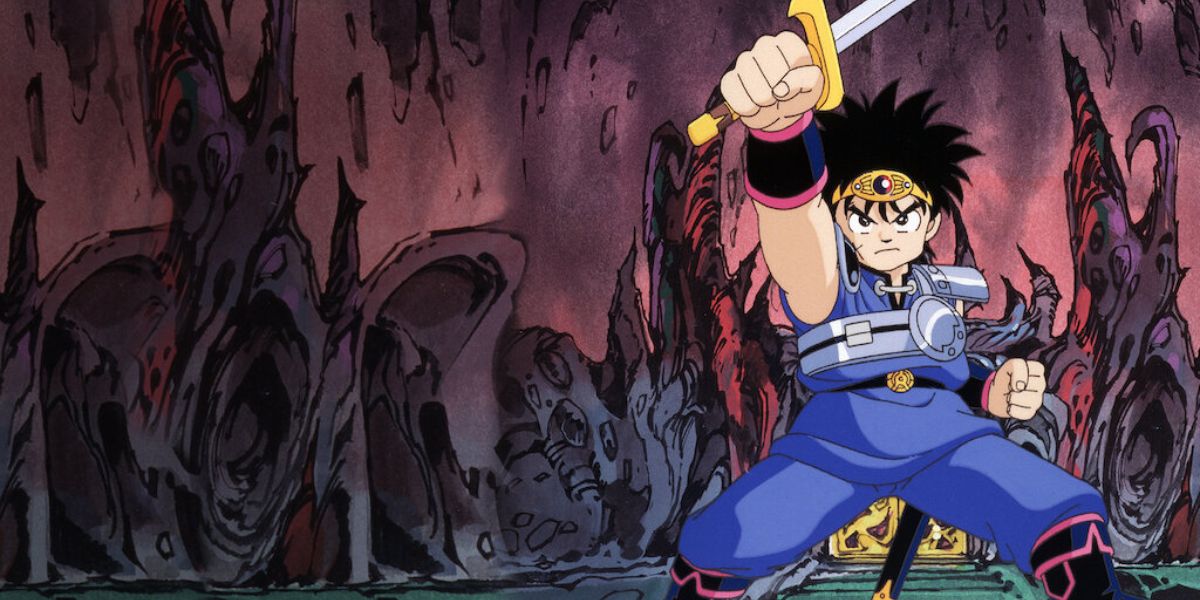
The first anime adaptation of The Legend Of Dai came out in 1991 and lasted until late 1992. Added to that, Toei reran the series in 2007. The first series had been translated into French, Spanish, Italian, Portuguese, and Arabic. A few of the European dubs notably changed Dai's name to Fly.
The series adapts the manga's first 10 volumes and was going to go further, but scheduling issues caused the end of the series. Riku Sanjo, who wrote for the manga, helped develop a new ending for the anime's take on the story after 46 episodes. In 2020, the series was released on video streaming services and given a Blu-Ray release.
7 A Second Anime Came Out In 2020

Not only did 2020 see a release of the '90s anime, but a new series was also announced that year. Toei simulcasts this version of the series with English subtitles in North American, Latin America, New Zealand, Africa, the Middle East, and Europe with Crunchyroll. Added to that Hulu released it in the United States and Anime Digital Network released it in France.
There had been plans at one point to produce an English dub of the series, using Ocean Media in Canada, but plans fell through after a dispute involving the voice actor union SAG-AFTRA.
6 This Wasn't The First Dragon Quest Anime
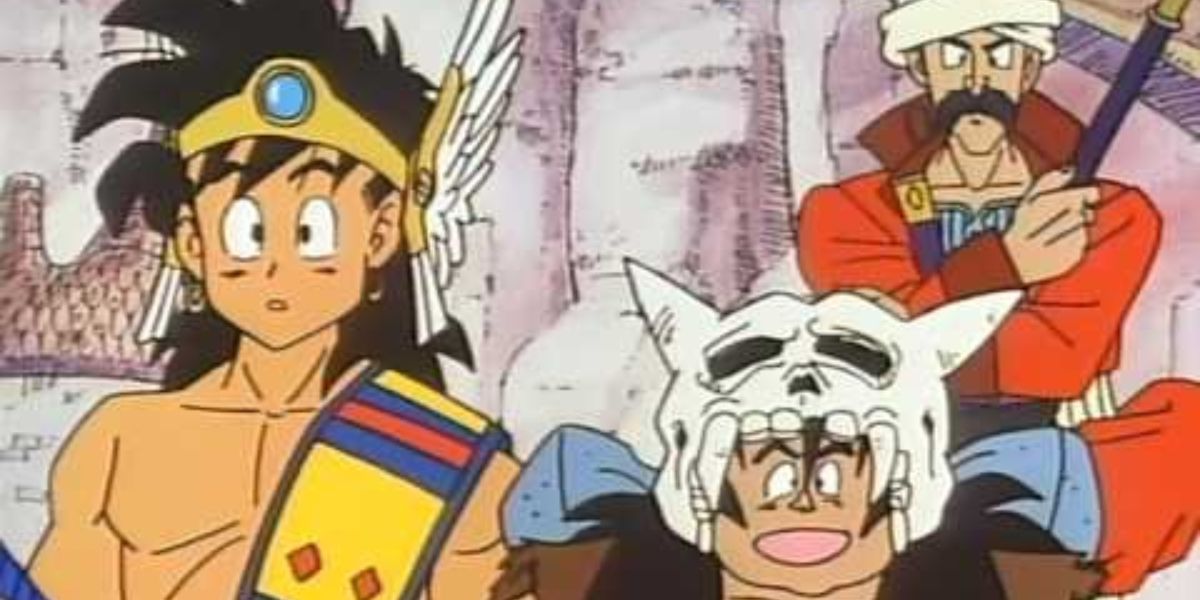
In 1989, the Dragon Quest series had inspired another anime: Dragon Quest: Legend of the Hero Abel. As the title implies, this time the hero is named Abel and the story revolves around his quest to save his friend Tiala.
This version of the series was actually dubbed into English and aired in North America as Dragon Warrior. Dragon Quest: The Adventure of Dai would end up being three episodes longer than the prior series.
5 Akira Toriyama Designed A Few Of The Monsters
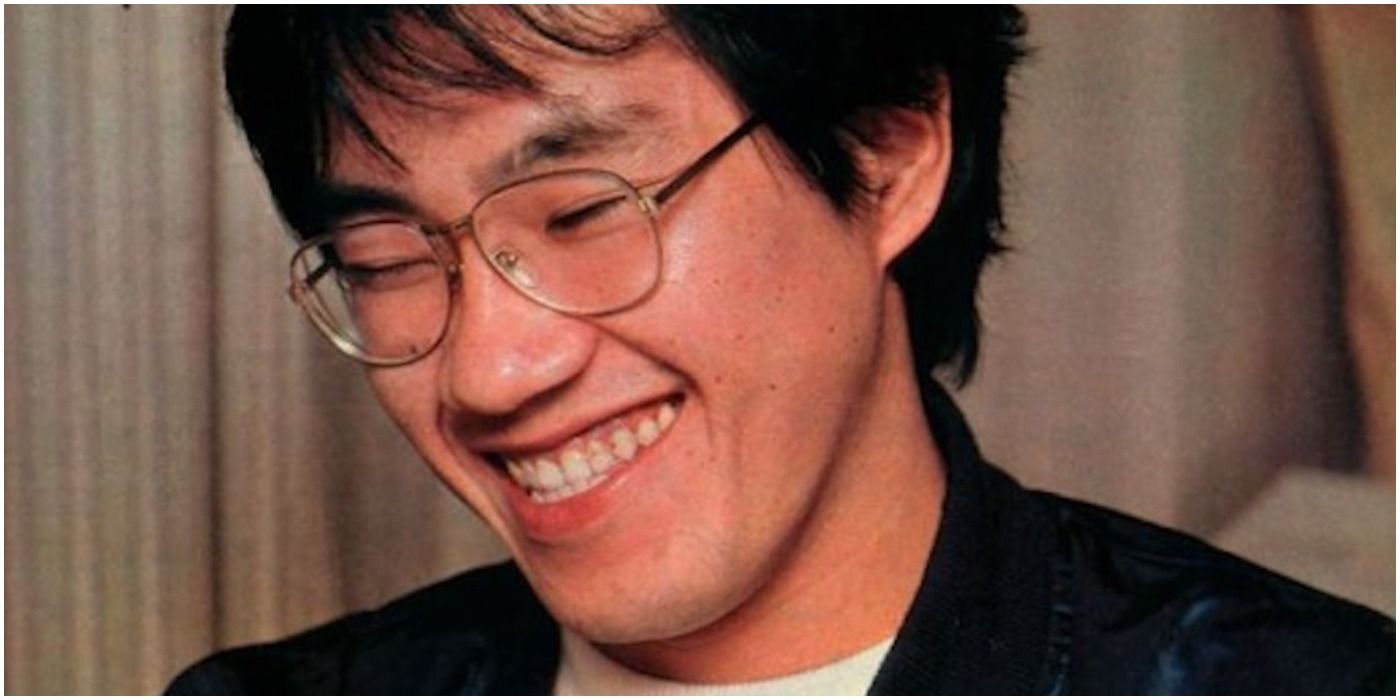
Akira Toriyama of Dragon Ball fame is often mistaken as the creator of the series or at least suspected to have some direct involvement with it. In reality, his relationship with the series is a bit complicated. Dragon Quest: Legend of the Hero Abel was also noted for its strong Toriyama influence in the character designs, causing casual viewers to joke Yamcha was the main character.
Toriyama was a character designer for the original Dragon Quest games, a job he had also performed for Chrono Trigger and Blue Dragon, and the series did adopt some of the minor monsters from his designs, as well as the series having a similar art style to his work, but he did not have direct involvement with it. Riku Sanjo served as a writer and Koji Inada served as an illustrator.
4 There Are A Few Movies Inspired By The Series
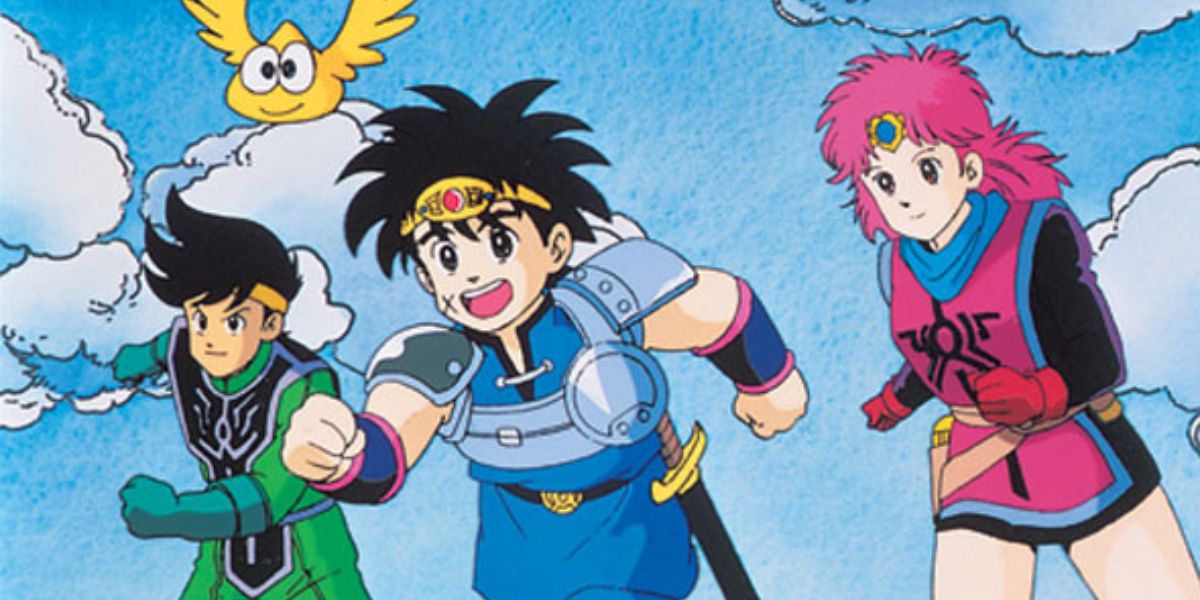
The series has had at least three theatrical films based on the first television series. Each of them have gotten their premiere at the Toei Anime Fair film festival.
the three titles are "The Great Adventure of Dai," which came out in 1991, "Avan's Disciples," which came out in 1992, and "Six Great Generals," which came out later the same year.
3 North American Fans Met Dai In A Crossover Game
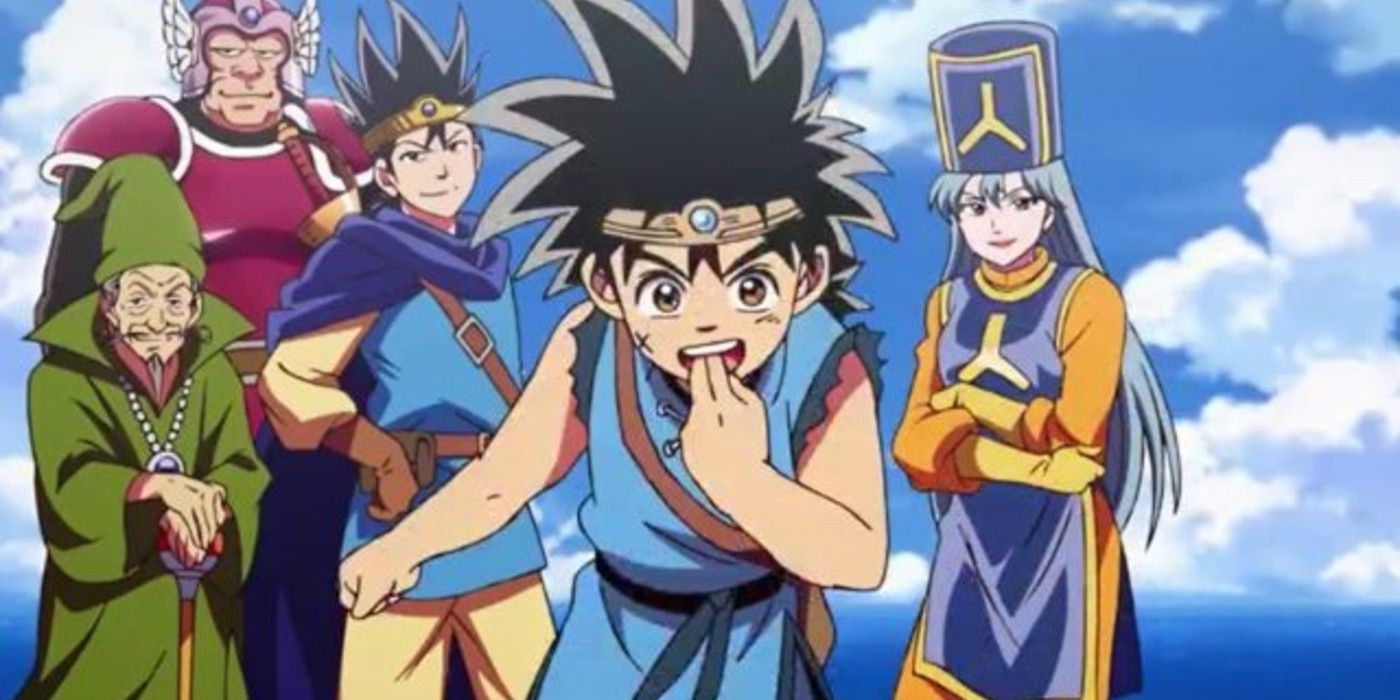
The mark of many great anime is that it branched out into games, whether it's trading cards, video games, or even both, with this series being no exception, despite having been based on a game to begin with. In 2020, the series had an arcade game based around the series, Dragon Quest: The Adventure of Dai - Xross Blade, released, and it came complete with trading cards. Two other games, Dragon Quest: The Adventure of Dai - A Hero's Bonds and Dragon Quest: The Adventure of Dai - Infinity Strash were expected to have a 2021 release.
Added to this, Dai also makes an appearance as a playable character in Jump Force, a 2019 video game, which marks the first time a character from the series has appeared in a Weekly Shōnen Jump crossover game. This appearance also served to help promote Dai in the North American anime fandom.
2 There's A Few Spin-Off Manga
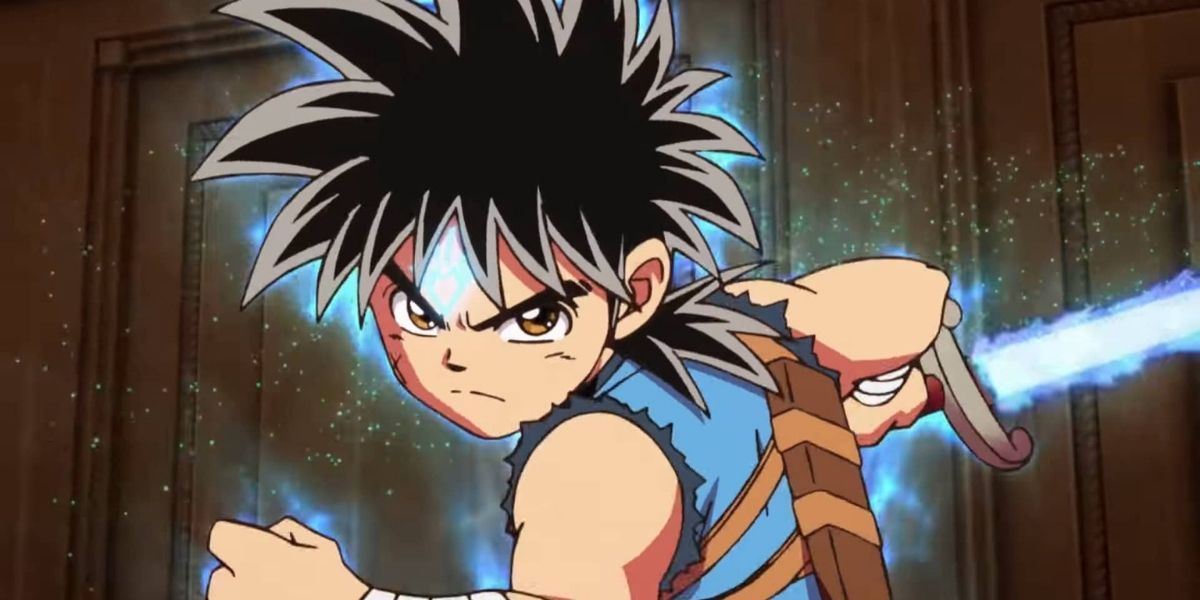
Yoshikazu Amami has also written a spin-off manga called Dragon Quest: The Adventure of Dai - Cross Blade. It originally launched in the Saikyō Jump manga magazine during the fall of 2020.
Yūsaku Shibata has also developed a prequel manga, Yūsha Avan to Gokuen no Maō, which got its start in V Jump magazine in 2020. This time, the story focuses on the character of Avan before he joins up with Dai and his other companions.
1 It Has A Large Fandom Backing It & It Has The Numbers To Prove It

The series is considered one of Weekly Shōnen Jump's best-selling mangas of all time. It has had at least 50 million tankōbon volumes copies sold. It also amassed around 2 billion copies in circulation in the Weekly Shōnen Jump magazine during its original run, from late 1989 towards the end of 1996.
A TV Asahi poll, in which 150.000 voters were asked to pick their 100 favorite manga series in 2021, it won the 30th place, sandwiching it between Ashita no Joe and Rurouni Kenshin., which won the 29th and 31st places respectively, with One Piece earning the first place spot.
0 Comments